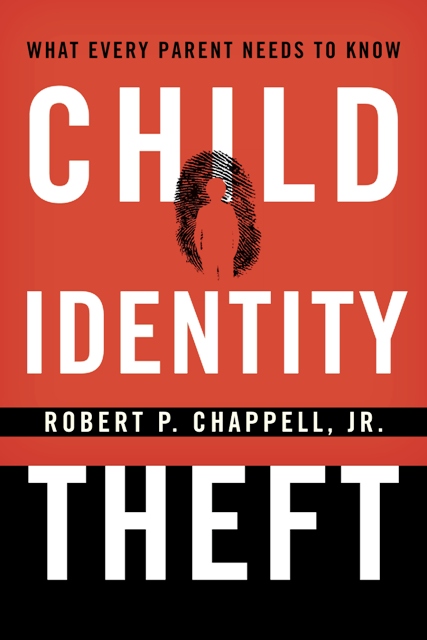 Child identity theft is rising among crimes in the United States. The Identity Theft Assistance Center (ITAC) released a Javelin Strategy and Research study in December 2012 which stated that “one in 40 households with children under the age of eighteen had at least one child whose personal information was compromised by identity criminals.” Previous to the Javelin study was the Carnegie Mellon CyLab report on the topic of child identity theft which stated that children, within their surveyed audience, had a 51 times higher attack rate than adults.
Child identity theft is rising among crimes in the United States. The Identity Theft Assistance Center (ITAC) released a Javelin Strategy and Research study in December 2012 which stated that “one in 40 households with children under the age of eighteen had at least one child whose personal information was compromised by identity criminals.” Previous to the Javelin study was the Carnegie Mellon CyLab report on the topic of child identity theft which stated that children, within their surveyed audience, had a 51 times higher attack rate than adults.
Most people, parents or not, who hear about this crime are astonished to find out that someone would victimize children, however thieves have learned that stealing from children is big business. The first question we must answer is, “What is child identity theft?” Child identity theft is targeting a child for the theft of their identity, or parts of their identity, for profit or personal gain. Child identity theft occurs for financial gain, personal gain, or criminal intent.
Financial gain occurs when a thief steals a child’s information and applies for credit. In most cases, the credit pursued is credit cards, but it is also found in vehicle purchases, home purchases, furniture buys, appliance purchases, electronics and more. Personal gain usually occurs when parents, relatives, friends or strangers steal a child’s identity for utility hook-ups, public assistance, cable hook-ups, and telephone service. Many of these cases are instances where the thief has had his or her service disconnected for non-payment of fees and they steal an identity to re-open accounts in a victimized child’s name.
Criminal intent may show itself in several forms. A thief may steal a child’s identity to commit crimes, to file fraudulent tax returns, or to disguise him or herself in an effort to hide from authorities. By now, you may be asking yourself why the thief doesn’t just steal an adult’s identity. The answer is that children do not check their credit report annually. In most cases, children usually do not figure out they have been victimized until they reach the age of eighteen and make application to a college, apply for a job, try to obtain their first credit card, or attempt to buy their first vehicle. At this point, they may uncover they have been victimized. Unfortunately, this victimization may have occurred years before the child becomes a young adult, and will continue beyond discovery.
Child Identity Theft: What Every Parent Needs to Know (Rowman and Littlefield). by Roanoker Robert Chappell is written in a reader-friendly question and answer format for busy families and professionals. The book is intended to be a reference for parents, grandparents, teachers, medical care providers, sports league providers, and many others who we expect to protect our children.
The book describes the crime in detail, who is committing this crime, why children are targeted, what the role of social security numbers play in this type of theft, how people gain access to your child’s or grandchild’s information, and what parents and grandparents can do to help prevent victimization. It also discusses resources to help deal with the emotional trauma that affects the entire family.
According to Chappell, the best tip he can leave you with, both as an experienced law enforcement officer and author, is to take advantage of what the federal government mandates you have the right to receive, which is a free annual credit report. The free credit report is available for both adults and children and will quickly divulge credit that was obtained without permission.
For adults, this can be accomplished by visiting www. annualcreditreport.com on the internet. Reports for children require a parent or guardian to contact one of the three major credit reporting agencies directly (Equifax, Experian, or TransUnion). Chappell says that his motto and guiding principle in writing Child Identity Theft: What Every Parent Needs to Know is “Education is the key to prevention
To order a copy of the book and to find out more about Robert Chappell, visit: www.childIDtheft.org.

